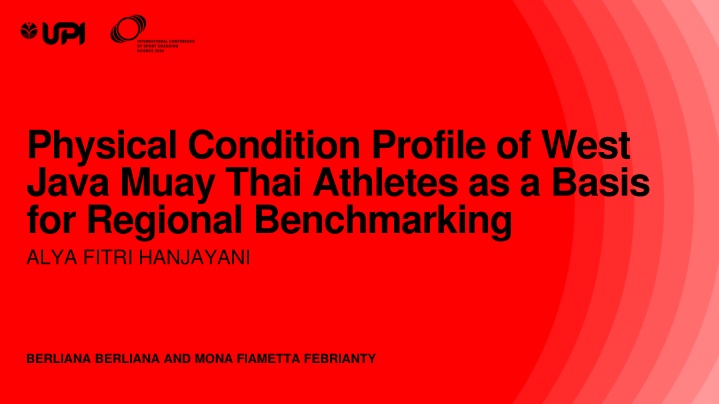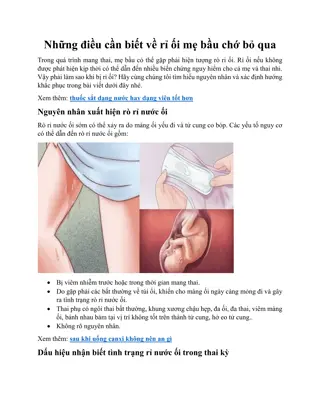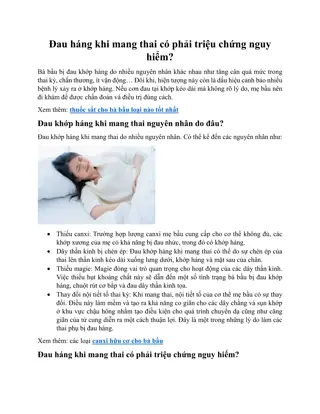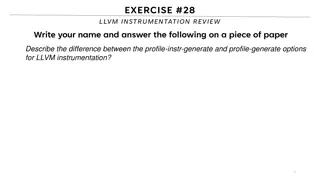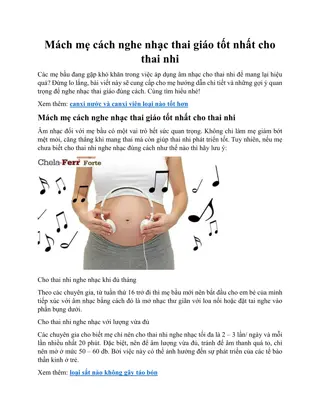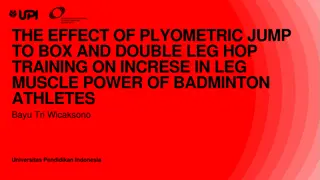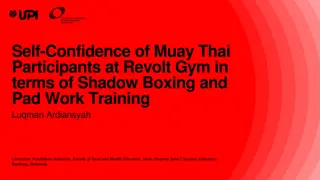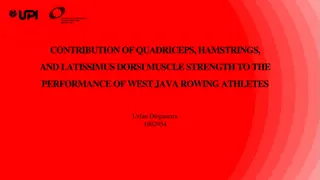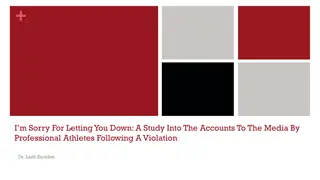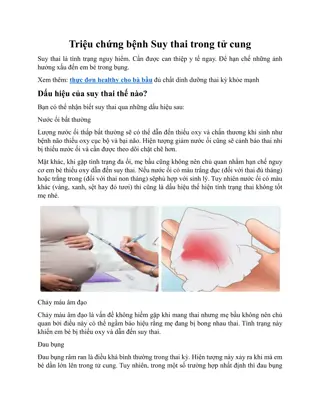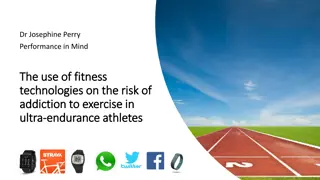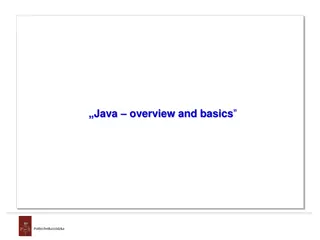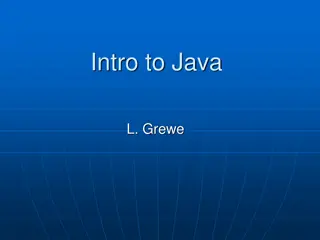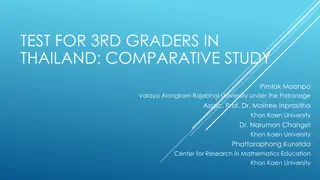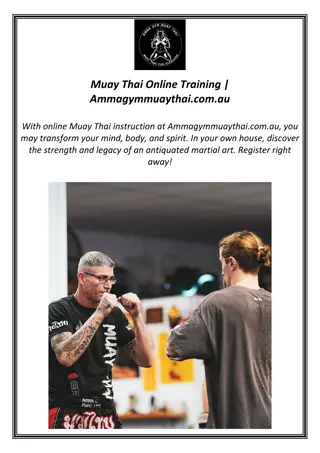Physical Condition Profile of West Java Muay Thai Athletes for Regional Benchmarking
A study on creating physical condition benchmarks for Muay Thai athletes in West Java to enhance training effectiveness and performance. The research involves various tests to assess athletes' fitness levels and aims to establish regional standards for optimal performance in the sport.
Download Presentation

Please find below an Image/Link to download the presentation.
The content on the website is provided AS IS for your information and personal use only. It may not be sold, licensed, or shared on other websites without obtaining consent from the author.If you encounter any issues during the download, it is possible that the publisher has removed the file from their server.
You are allowed to download the files provided on this website for personal or commercial use, subject to the condition that they are used lawfully. All files are the property of their respective owners.
The content on the website is provided AS IS for your information and personal use only. It may not be sold, licensed, or shared on other websites without obtaining consent from the author.
E N D
Presentation Transcript
Physical Condition Profile of West Java Muay Thai Athletes as a Basis for Regional Benchmarking ALYA FITRI HANJAYANI BERLIANA BERLIANA AND MONA FIAMETTA FEBRIANTY
INTODUCTION A benchmark can make it more convenient for coaches to set targets for their athletes. Benchmarking can generate insights into the management of successful elite sports systems, some of which can be transferred to other elite sports systems Benchmarks can be used to develop specific physical fitness Muay Thai is a sport that originated in Thailand. It is a martial art that originated from the ancient battlefield tactics of the Siamese army. During the second half of the 20th century, Muay Thai began to spread to many countries. To date, IFMA (International Federation of Muay Thai Associations) claims 110 countries have joined IFMA attributes, which can enhance an athlete's preparation to meet the demands of the game and transition to elite competition. Benchmarks are also useful for improving training or rehabilitation programs across all positions in a sport
INTODUCTION In Muay research or benchmarks regarding the physical condition of athletes have not been applied much. So that the trainers only determine the target based on the norms in the general physical fitness test which causes the athletes' training results to be less than optimal. Thai sports, especially in Indonesia, This research aims to create a physical condition benchmark for Muay Thai athletes on a regional scale.
The instruments used to obtain benchmark results are the sit and reach test, standing stroke test, whole-body reaction test, side step test, vertical jump test, MB chest pass throw test, hurdle jump test, strength and core stability test, and bleep test. Twenty regional Muay Thai athletes participated in the product trial in this study. The secondary data obtained in this study will be processed and made a score range according to the predetermined categories, namely good, fair, and poor. METHODS The research method used in this study is the research and development method. This method is a research method used to produce a particular product and test the effectiveness of the product.
Hip flexibility is needed by a Muay Thai athlete to increase his range of motion when RESULT AND DISCUSSION performing a movement, especially kicking movements. In the sport of Muay Thai, kicks are not only used as attacking techniques but also for defensive techniques, not infrequently Muay Thai athletes will kick push when the LEG opponent attacks. STABILITY ARM POWER BODY REACTION MUSCLE ENDURANC When competing in Muay Thai, an athlete needs balance to maintain his or her body GOOD FAIR POOR 51.3 - 25.7 - 0.01 - 77 4.1 3.5 2.7 - - - 4.7 4.0 3.4 0.234 0.271 0.308 - - - 0.197 0.235 0.272 130 - 178 81 - 129 31 - 51.33 25.67 position when in a defensive position. Balance 80 can give an athlete an advantage when he is defending because good balance makes it HIP CARDIOVASCUL AR ENDURANCE AGILITY CORE STABILITY LEG POWER difficult for opponents to knock the athlete FLEXIBILITY down. This is important for the sport of Muay GOOD FAIR POOR 22.8 - 11.9 - 1.1 34 22.7 11.8 37 34 29 - - - 40 36 33 11 8 5 - - - 12 10 7 71 58 44 - - - 83 70 57 46 36.9 27.7 - - - 55 45.9 36.8 Thai, which is judged by the impact caused by - an attack.
In the sport of Muay Thai, reaction speed can help athletes quickly process the stimulus obtained in the form of an attack so that the athlete can decide what response they should do. Agility helps the body to maintain proper alignment and posture during movement. The right posture during movement is needed by Muay Thai athletes so that when attacking or defending their body remains in the perfect stance. Muay Thai sport requires armed power to carry out attacks that can have an impact on opponents following applicable regulations. RESULT AND DISCUSSION Leg power ability is needed by an athlete because they have to kick with power during training or matches this affects the match because power helps athletes to be able to anticipate the opponent's attack and reply to it then when launching an attack it will not be easy to parry. Muscle Endurance is required in Muay Thai for athletes to effectively defend and attack over three rounds with each round lasting three minutes. Martial arts, especially Muay Thai, requires core stability so that athletes do not experience injuries, as well as helping athletes move more optimally when attacking and defending. Muay Thai matches athletes are required to play more than once if they want to win the match. With rounds and time that is not short, athletes still have to maintain their condition so as not to feel excessive fatigue so that they can compete optimally in the upcoming match.
CONCLUSION This study concludes that nine biomotor components can be benchmarked by regional Muay Thai athletes. This study suggests conducting further research in grouping benchmarks based on the category of match numbers and gender to get more specific advanced results.
REFERENCES Alhowikan, A. M., Altaweraqi, R. A., Halepoto, D. M., & Al-Hazzaa, H. M. (2022). Associations of whole body reaction time with anaerobic power performance among Saudi athletes in different sports. International Journal of Advanced and Applied Sciences, 9(11), 136 143. https://doi.org/10.21833/ijaas.2022.11.017 Altungul, O., & Demirag, R. (2017). Implementability of Benchmarking (Comparative) Technique in Sports Enterprises (Sample Elazig). Journal of Education and Training Studies, 5(9), 213. https://doi.org/10.11114/jets.v5i9.2624 Barley, O. R., Chapman, D. W., Guppy, S. N., & Abbiss, C. R. (2019a). Considerations when assessing endurance in combat sport athletes. Frontiers in Physiology, 10(MAR). Bean, J. F., Leveille, S. G., Kiely, D. K., Bandinelli, S., Guralnik, J. M., & Ferrucci, L. (2003). A Comparison of Leg Power and Leg Strength Within the InCHIANTI Study: Which Influences Mobility More? https://academic.oup.com/biomedgerontology/article/58/8/M728/614901 Bishop, D., Girard, O., & Mendez-Villanueva, A. (2011). Repeated-Sprint Ability-Part II Recommendations for Training. Sports Med, 41, 741 756. https://doi.org/10.2165/11590560-000000000- 00000 Boychenko, N., & Jagiello, W. (2023). Achieving optimal physical fitness and health safety in 19-21 year old judo athletes. Pedagogy of Health, 2(1), 4 10. https://doi.org/10.15561/health.2023.0101 Clark, R. A., Humphries, B., Hohmann, E., & Bryant, A. L. (2011). THE INFLUENCE OF VARIABLE RANGE OF MOTION TRAINING ON NEUROMUSCULAR PERFORMANCE AND CONTROL OF EXTERNAL Conditioning Research, 25, 704 711. https://doi.org/https://doi.org/10.1519/JSC.0b013e3181c6a0ff. Crisafulli, A., Vitelli, S., Cappai, I., Milia, R., Tocco, F., Melis, F., & Concu, A. (2009). Physiological responses and energy cost during a simulation of a Muay Thai boxing match. Applied Physiology, Nutrition and Metabolism, 34(2), 143 150. https://doi.org/10.1139/H09-002 Evans, S. A., Eckerson, J. M., Housh, T. J., & Johnson, G. 0. (1993). Muscular Power of the Arms in High School Wrestlers. In Pediatric Exercise Science (Vol. 5). Farley, J. B., Keogh, J. W. L., Woods, C. T., & Milne, N. (2022). Physical fitness profiles of female Australian football players across five competition levels. Science and Medicine in Football, 6(1), 105 126. https://doi.org/10.1080/24733938.2021.1877335 Humphries, R., Dugan, E., & Doyle, T. (2006). Muscular Fitness. In American College of Sports Medicine, eds. ACSM s Resource Manual for Guidelines for Exercise Testing and Prescription (5th ed., pp. 206 224). Lippincott William & Wilkins. Komi PV. (2003). Strength and power in sport (2nd ed.). Blackwell Science. Kriz, P. (2014). Throwing Sports and Injuries Involving the Young Athlete s Spine. In C. and O. M. and d Hemecourt P. Micheli Lyle and Stein (Ed.), Spinal Injuries and Conditions in Young Athletes (pp. 67 73). Springer New York. https://doi.org/10.1007/978-1-4614-4753-5_7 Larry Kenney, W., Wilmore, J. H., & Costill, D. L. (2020). Physiology of Sport and Exercise (7th ed.). Human Kinetics. Litwiniuk, A., Bujak, Z., Mastalerz, A., R a ski, P., Romero Ramos, O., & Ni nikowski, T. (2023). COMPARISON OF MAINTAINING OF BODY BALANCE IN COMBAT SPORTS BETWEEN EXPERTS AND NON-EXPERTS. Journal of Kinesiology and Exercise Sciences, 33(102), 21 27. https://doi.org/10.5604/01.3001.0053.5974 Moreno-Mc.-Manus, K. C., Qui ones-Uri stegui, I., Bueyes-Roiz, V., Anaya-Campos, L. E., Velasco-Acosta, P. J., Figueroa-Cavero, F., Mirabent-Amor, D., Vega-Mart nez, G., & Franco- S nchez, J. G. (2022). A Mechanical Power Calculation for Different Kicks in Taekwondo Elite Athletes from Mexico City. Global Medical Engineering Physics Exchanges/ Pan American Health Care Exchanges (GMEPE/PAHCE), 1 4. https://doi.org/10.1109/GMEPE/PAHCE55115.2022.9757769 M lhim, I. T., & Akcan, F. (2022). COMPARISON OF SIMPLE VISUAL AND AUDIOTORY REACTION TIMES OF MARTIAL ARTS ATHLETES. European Journal of Physical Education and Sport Science, 7(5). https://doi.org/10.46827/ejpe.v7i5.4097 Nikolaidis, P. (2010). Core stability of male and female football players. Biomedical Human Kinetics, 2(2010), 30 33. https://doi.org/10.2478/v10101-010-0007-9 Nimphius, S. (2014). Increasing Agility. In D. Joyce & D. Lewindon (Eds.), High-performance training for sports. Human Kinetics. Okada, T., Huxel, K. C., & Nesser, T. W. (2011). RELATIONSHIP BETWEEN CORE STABILITY, FUNCTIONAL MOVEMENT, AND PERFORMANCE. The Journal of Strength & Conditioning Research, 25(1), 252 261. www.nsca-jscr.org Platonov, V., & Nikitenko, A. (2019). Agility and Coordination Testing in Hand-to-Hand Combat Sports. Polish Journal of Sport and Tourism, 26(2), 7 13. https://doi.org/10.2478/pjst-2019-0008 Putra, J. P., Kusmaedi, N., Mulyana, M., & Ma mun, A. (2023). Effect of Limb Power, Arm Power, Hand Eye Coordination on the Combination of Punches and Kicks of Martial Arts Athletes. Month, 3(1). https://doi.org/10.53863/mor.v0i00 Radovanovic, D., & Radovanovi , D. (2013). TOWARDS ENDURANCE IN SPORT. Serbian Journal of Experimental and Clinical Research, 14(1), 3 8. https://doi.org/10.5937/SJECR14 3890 Robinson, L., & Bohlke, N. (2009). Benchmarking of Elite Sport Systems. https://doi.org/DOI:10.1108/00251740910929704 Salci, Y. (2015). The metabolic demands and ability to sustain work outputs during kickboxing competitions. International Journal of Performance Analysis in Sport, 15(1), 39 52. https://doi.org/10.1080/24748668.2015.11868775 Santos, J. F. D. S., & Franchini, E. (2021). Developing muscle power for combat sports athletes. Revista de Artes Marciales Asiaticas, 16(1s), 133 173. https://doi.org/10.18002/rama.v16i1s.7003 Singh, H., & Singh, D. (2021). Analysis of agility among male boxing, judo and wrestling players. International Journal of Yogic, Human Movement and Sports Sciences, 6(1), 84 86. http://www.theyogicjournal.com Verkhoshansky, Y. V. (1996). Quickness and velocity in sports movements. New Studies in Athletics, 11, 29 38. Willson, J. D., Dougherty, C. P., Ireland, M. L., & Davis, I. M. C. (2005). Core stability and its relationship to lower extremity function and injury. In The Journal of the American Academy of Orthopaedic Surgeons (Vol. 13, Issue 5, pp. 316 3 25). https://doi.org/10.5435/00124635-200509000-00005 Zemkov , E. (2014). Sport-specific balance. In Sports Medicine (Vol. 44, Issue 5, pp. 579 590). Springer International Publishing. https://doi.org/10.1007/s40279-013-0130-1 https://doi.org/10.3389/fphys.2019.00205 LOADS. Journal of Strength and
